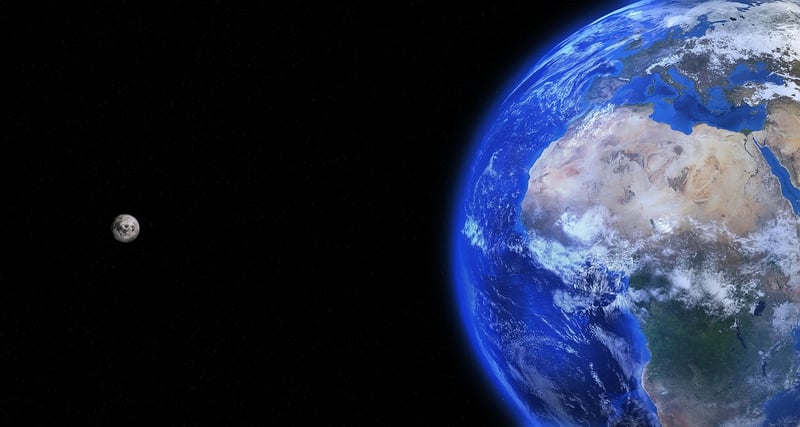Exoplanets
The Wonders of Astronomy and Exoplanets
Exploring the Universe
As we gaze up at the night sky, we are filled with wonder at the vastness and beauty of our universe. Astronomy, the study of celestial objects and phenomena beyond Earth's atmosphere, has captivated humanity for centuries.
Discovering Exoplanets
One of the most exciting frontiers in astronomy is the search for exoplanets, which are planets that orbit stars outside our solar system. The discovery of exoplanets has opened up a world of possibilities and raised intriguing questions about the existence of life beyond Earth.
Types of Exoplanets
Exoplanets come in various types, such as:
- Hot Jupiters: Gas giants that orbit close to their stars.
- Super-Earths: Rocky planets larger than Earth.
- Water Worlds: Planets covered in deep oceans.
- Earth-like: Planets with conditions similar to Earth.
Notable Exoplanets
Some of the most fascinating exoplanets discovered so far include:
- Kepler-186f: An Earth-sized planet in the habitable zone of its star.
- TRAPPIST-1e: A rocky planet with the potential for liquid water.
- HD 189733b: A blue exoplanet with raging storms of glass rain.
Image Gallery


Conclusion
Studying astronomy and exoplanets not only expands our scientific knowledge but also sparks our imagination and sense of wonder. The exploration of these distant worlds continues to inspire us and deepen our understanding of the cosmos.
Let's keep looking up at the stars and dreaming of the endless possibilities that await us in the vast expanse of space.
